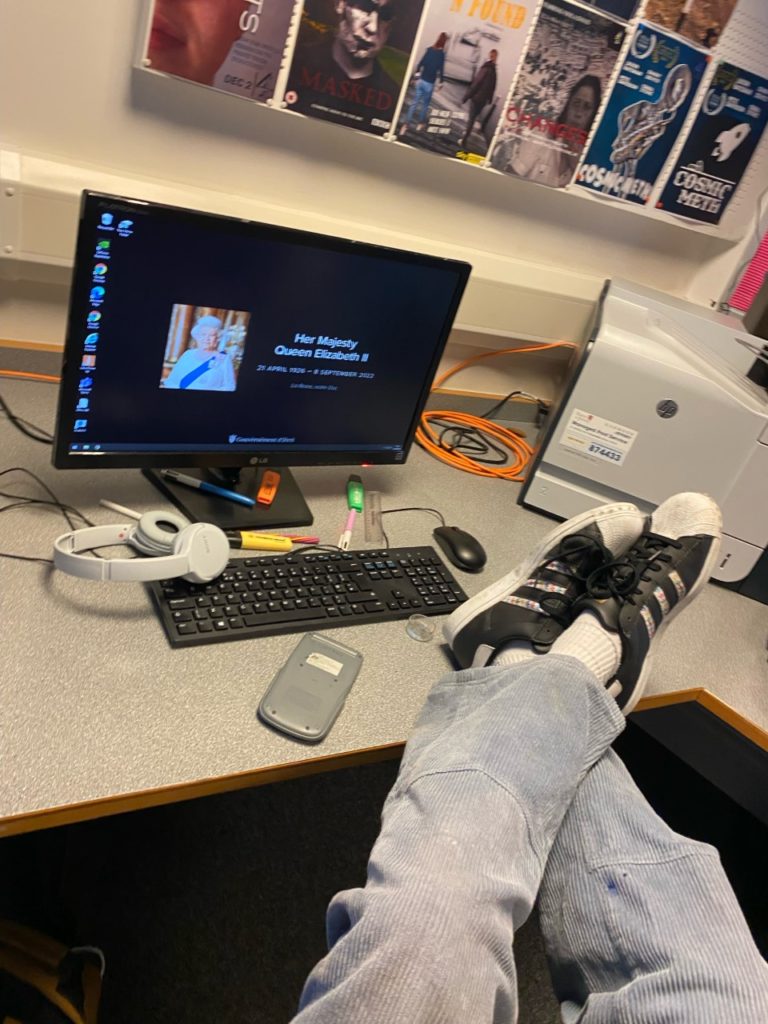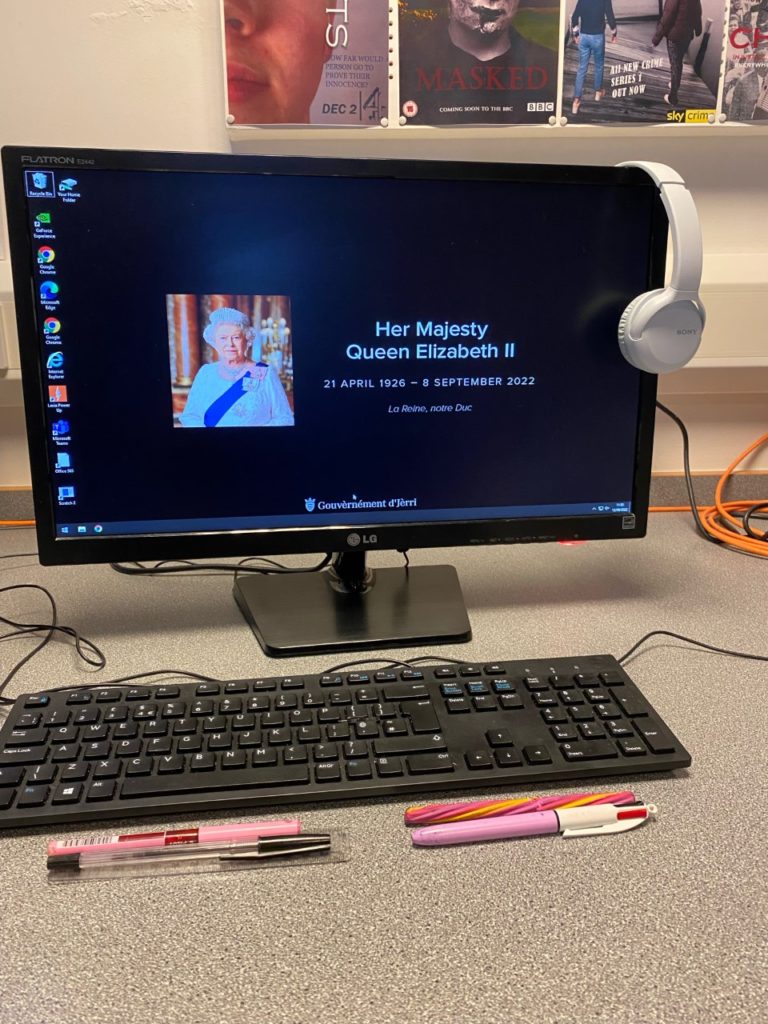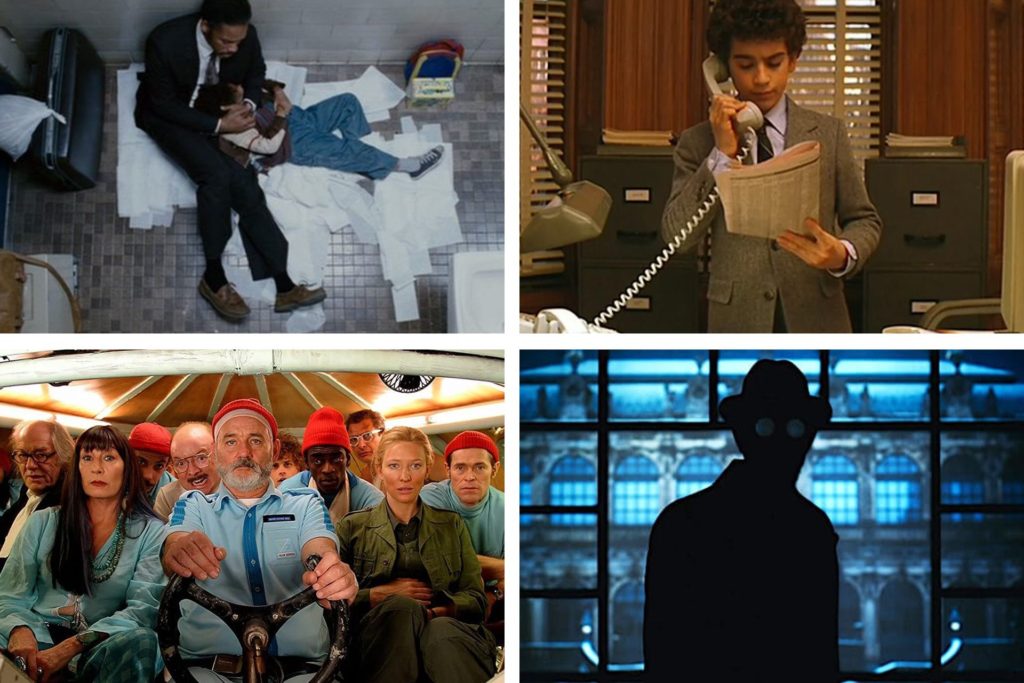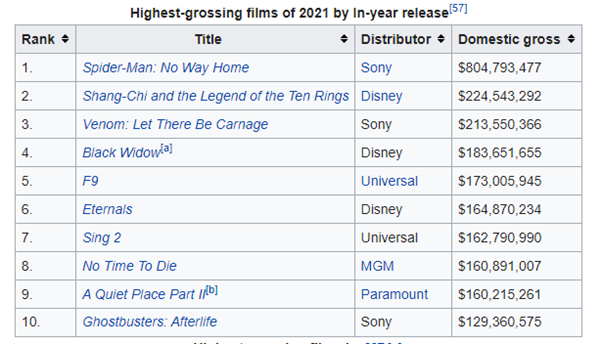Diegetic: Moonlight (2016)
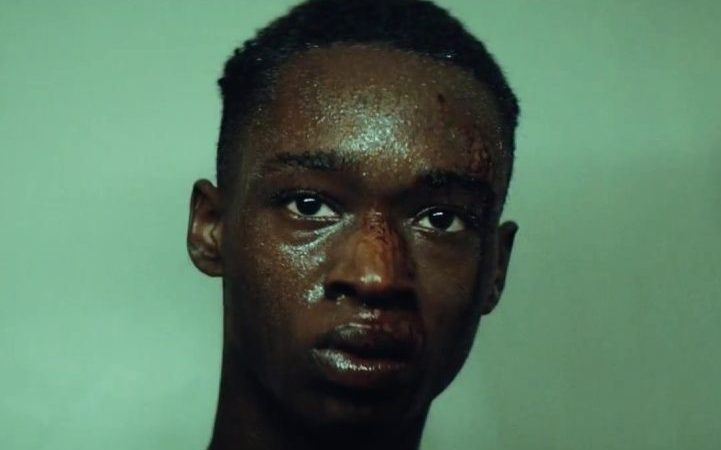
The use of this diegetic close-up in ‘Moonlight’ highlights Chiron’s stirring emotions in this scene. The lack of bold colours or distractions in the background forces the audience to focus on Chiron’s facial expressions during this dramatic moment. The blood on his face from a previous altercation is also brought to the audiences’ attention with the use of this diegesis.
Intra-diegetic: Kill Bill: Vol 1 (2003)
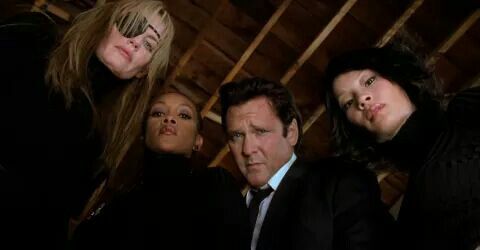
In this infamous scene of the Deadly Viper Squad, the camera is placed in the POV of a violently injured Beatrix, after her attempted murder at the hands of the four. This dramatic use of diegesis allows the viewers to better understand how vulnerable and violated beatrix would be feeling, the low angle of this shot also adds to this sense of vulnerability. This shot may act as a precursor to the acts within Kill Bill, as Beatrix sets off on a course for bloody revenge.
Extra-diegetic: Come and See (1985)
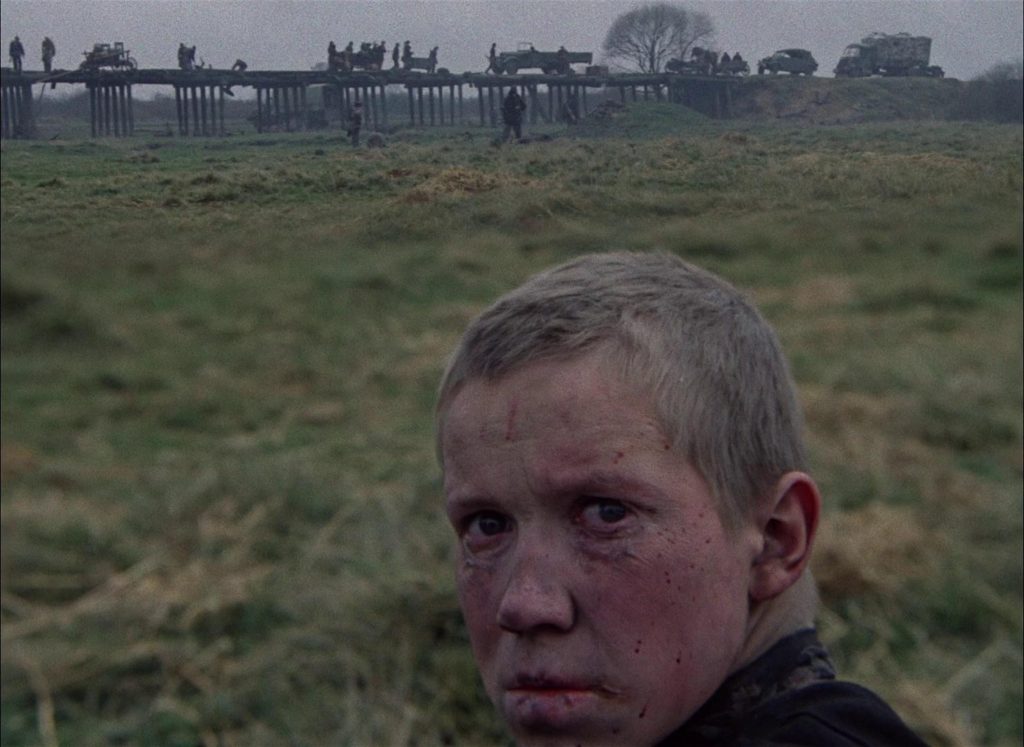
In ‘Come and See’, extra-diegetic shots are used effectively throughout the movie to better achieve the film’s purpose: to persuade against war. These stark looks directly down the lens shatters the 4th wall, further adding realism and verity to the character Florya and the scenes of war that take place around him. Without these extra-diegetic shots, it may be easy for viewers to dismiss the events portrayed in this movie as ‘just another fictional war movie’. However, these shots add compassion between viewer and character, causing the horrendous acts of war to have an even deeper emotional effect on viewers.

